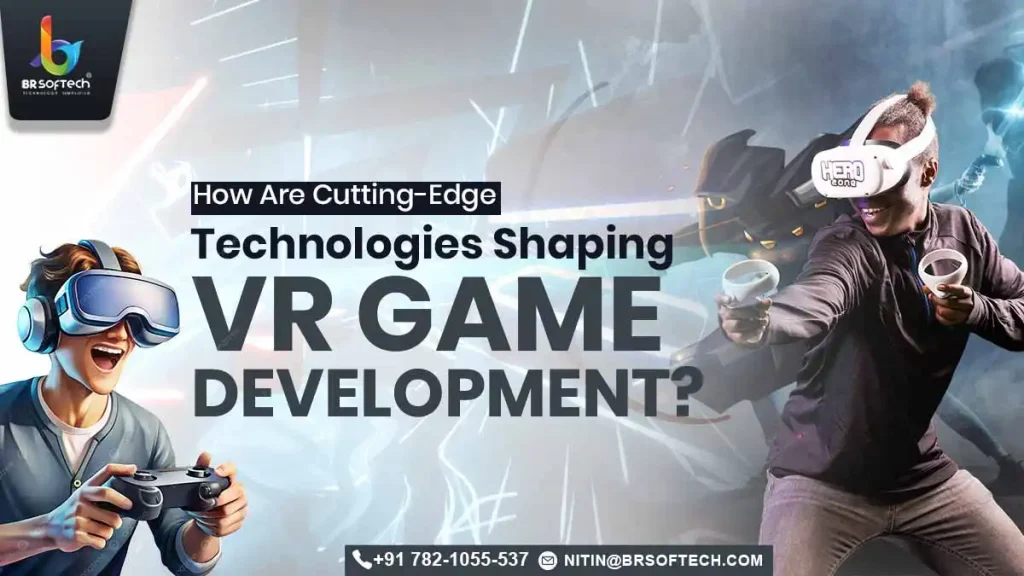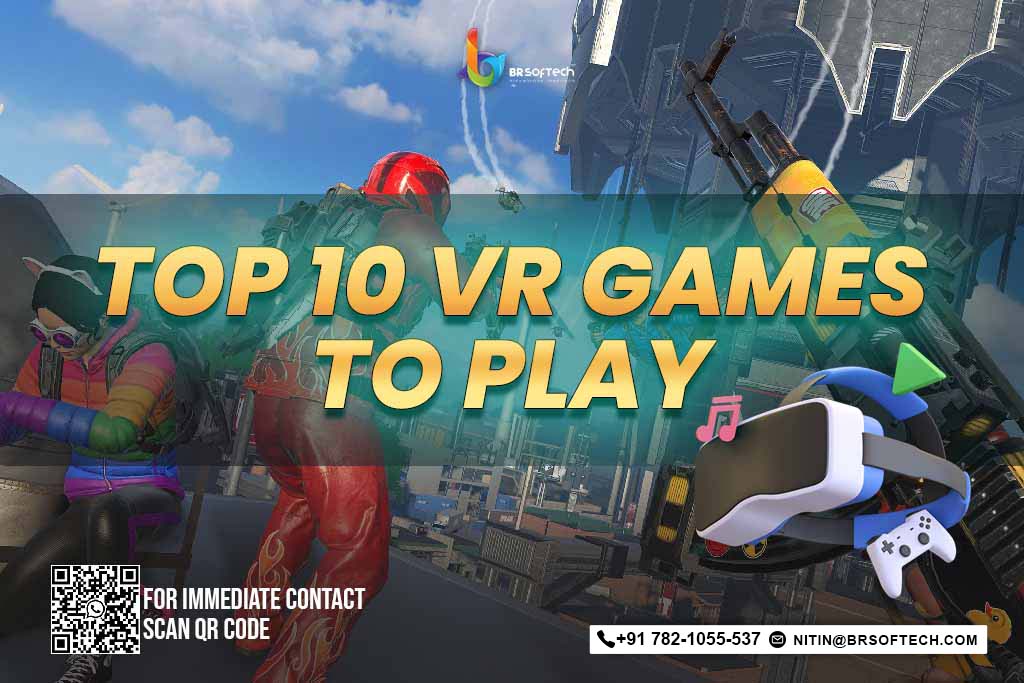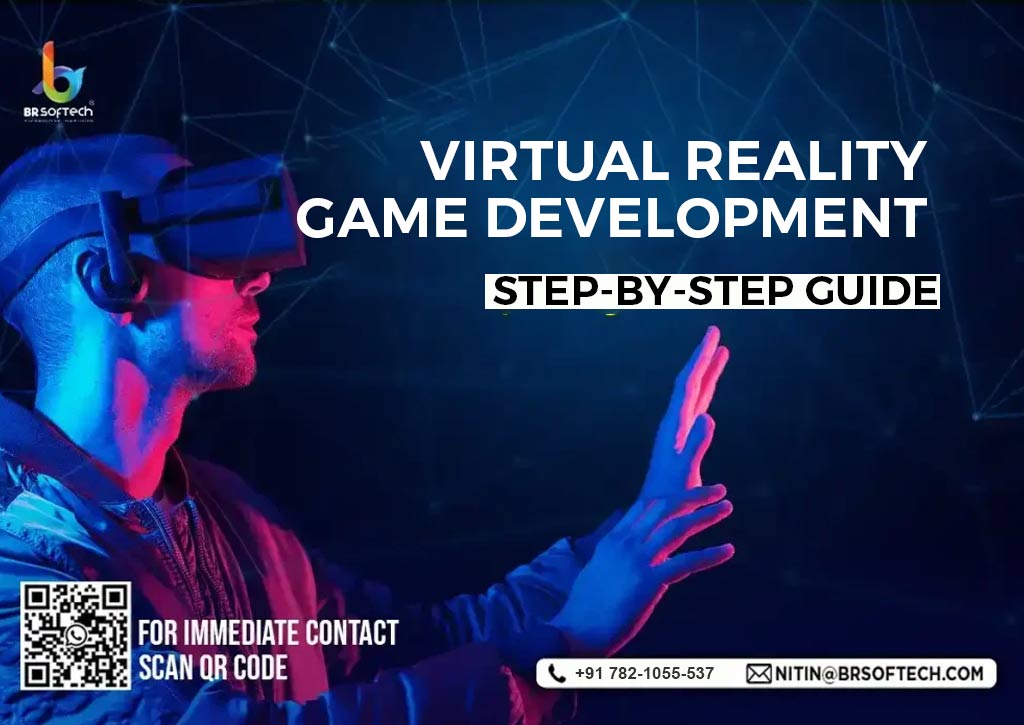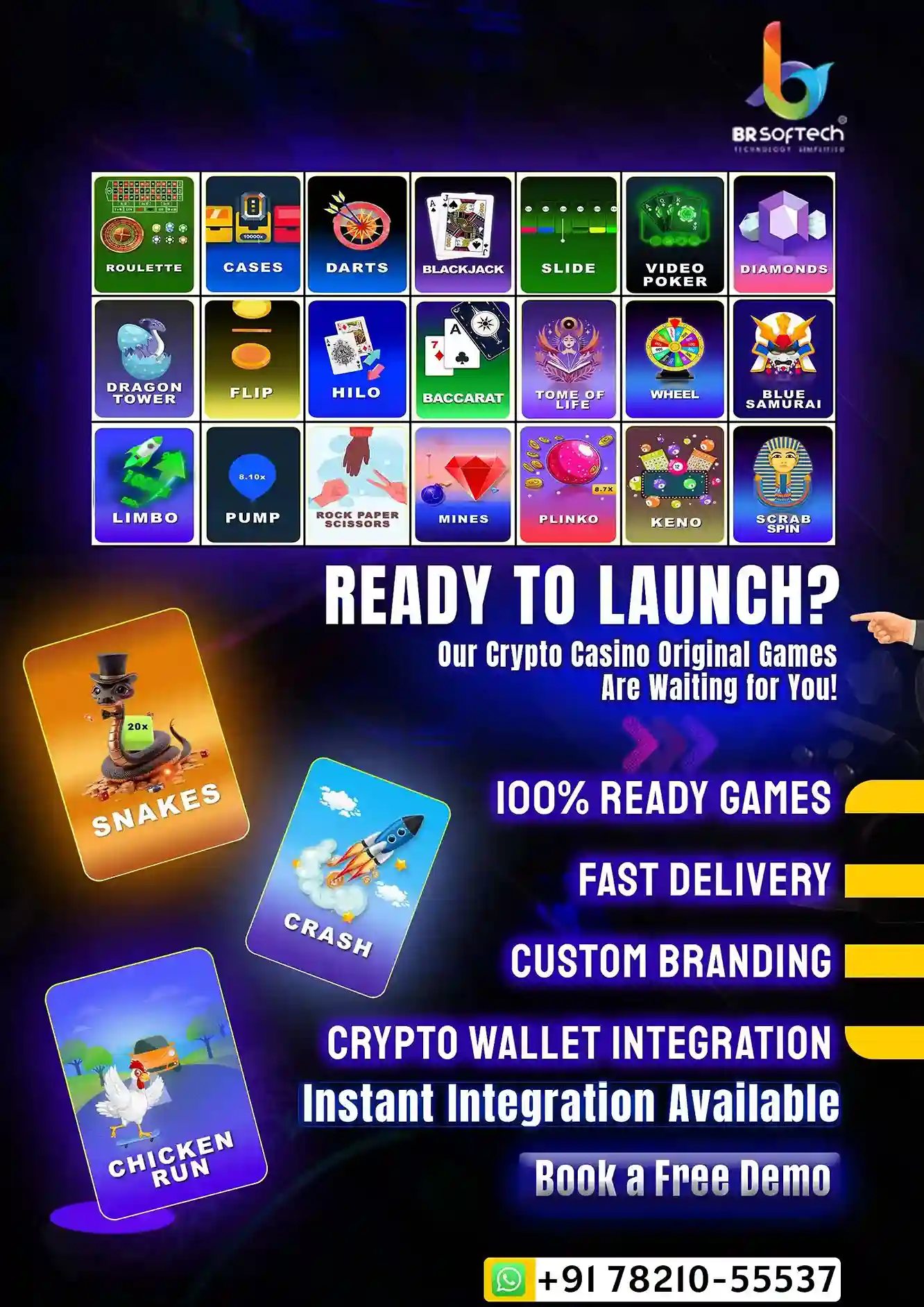VR game development is entering an exciting new chapter! The industry has introduced fantastic games like Beat Saber, which showcase how far we’ve come from simple designs. With innovative VR technologies such as Meta Quest, Oculus Rift, and HTC Vive, we’re experiencing games that feel incredibly real, interactive, and immersive. It’s an exciting time for gamers and developers alike!
Technology has grown to be a big part of the game development world. With exciting AI-powered Non-Playable Characters and real-time ray tracing, the latest trends are helping push the limits of virtual reality gaming. Stay with us to discover how these cutting-edge technologies are shaping the future of VR games.
What is the Role of Cutting-Edge Technologies in VR?
Innovations in VR game development are beautifully enhancing how immersive and engaging games are, making our experiences more exciting than ever. Let’s explore the key technologies that are shaping this amazing industry in detail.
1. Advanced VR Game Engines
Advanced VR games are crafted using state-of-the-art game engines like Unreal Engine 4 and Unity. They beautifully manage hyper-realistic lighting and reflections thanks to ray tracing technology. Character interactions feel natural and physics-based, while the levels are creatively generated using the PLG algorithm.
- Real-time ray tracing in VR delivers highly realistic lighting and reflections.
- Physics-based interactions ensure virtual objects mimic real-world behavior.
- Procedural methods create dynamic and constantly evolving game worlds.
2. AI in VR Games
AI significantly influences VR games by improving the behavior of bots and NPCs. NPCs are created using artificial intelligence, which ensures human-like actions. The gameplay also adapts to the player’s skills through AI. Additionally, AI is used to generate complex procedural levels.
- NPC Behavior – AI-controlled characters respond to player actions more organically.
- Adaptive Gameplay – Customized gaming experiences tailored to individual player habits.
- Procedural Content Generation – AI can create expansive, unpredictable game worlds.
Also Read: How to Develop AI-Powered Games in 2025?
3. AR and VR Gaming Integration
Augmented Reality (AR) and Virtual Reality (VR) are coming together to create exciting Mixed Reality (MR) experiences. This means players can enjoy the best of both worlds, with engaging hybrid gaming interactions that blend augmented reality seamlessly into virtual reality environments.
- AR overlays in VR environments for hybrid gaming experiences.
- XR (Extended Reality) development allows smooth transitions between AR, VR, and MR.
4. VR Hardware Advancements
VR hardware has become more advanced, making virtual reality gaming accessible to players everywhere. These devices can make you feel like an entire world is unfolding right before your eyes.
Gadgets like HTC Vive, Meta Quest, and PlayStation VR each have special features that make them stand out. The advancements in VR hardware also make it easier for users to enjoy their favorite VR games without needing a PC or console. Some of the great features of VR hardware include:
- Higher-resolution displays with wider field-of-view (FOV).
- Standalone VR headsets eliminate the need for external PCs or consoles.
- Enhanced VR motion tracking for accurate recognition of hand, body, and eye movements.
5. Immersive Gaming Experiences with Haptic Feedback
Haptic feedback has truly been a remarkable breakthrough in AR gaming, bringing an exciting new way for players to connect with the game by engaging their senses. The haptics enhance the visuals, making everything feel incredibly real and immersive. It’s like the game is happening right in front of you!
You’ll feel the contact when a character touches you, mimicking physical interaction. A VR game development company is essential in incorporating haptic technology, which boosts immersion and advances the realism of gaming experiences.
- Haptic gloves and suits mimic physical sensations of touch.
- Force feedback controllers improve realism in interactions.
- Full-body tracking for even more immersion in virtual worlds.
6. 3D Spatial Audio in VR
Sound is equally crucial in creating immersive gaming experiences. Advances in 3D spatial audio for VR surpass expectations. In virtual reality games, sound adjusts based on character positioning. This 3D spatial audio technology helps craft a vibrant environment around players.
- Positional audio changes according to player movement.
- Binaural sound processing for highly realistic acoustic environments.
- AI-powered soundscapes adapt dynamically to in-game situations.
Also Read: The Ultimate Guide to Game Sound Design
7. Cloud Gaming and VR
Cloud-based streaming reduces the need for powerful hardware by storing all your game data on a server, which you can access at any time. Innovations in cloud gaming and VR enable players to enjoy games on lightweight devices. This technology ensures low latency and real-time gameplay. Additionally, cloud gaming allows for cross-platform gaming experiences.
- Cloud-based VR games are playable on lightweight devices.
- Low-latency streaming for seamless, real-time gameplay.
- Cross-device compatibility enables VR games to operate smoothly across multiple platforms.
8. Metaverse and VR Gaming
The Metaverse is a game-changer for VR game development, as it seamlessly combines the expansive worlds of the metaverse with VR gaming. Players can do many things within a metaverse through virtual reality, including interacting with other players, socializing, and trading.
- Persistent virtual worlds that enable players to interact, socialize, and trade.
- Blockchain in VR games ensures secure ownership of digital assets.
- Decentralized economies enable players to earn actual value via NFTs and cryptocurrency.
What is the Future of VR Game Design Trends?
Looking ahead, VR game design trends will emphasize hyper-realistic avatars to enhance the experience. Gameplay will shift away from linear paths, with procedural storytelling becoming standard. Players will have control over the evolving narratives during the game.
Additionally, the game mechanics will be more accessible via non-traditional methods such as controllers or joysticks.
- Hyper-realistic avatars powered by AI and motion capture.
- AI-enabled procedural storytelling for dynamic, player-controlled narratives.
- Seamless multi-sensory experiences that combine visual, auditory, and tactile feedback.
Conclusion
Innovative VR technologies are transforming game development, creating more immersive, interactive, and realistic virtual worlds. Progress in VR game engines, AI integration, and hardware has changed the landscape of virtual reality gaming. As the metaverse and VR gaming continue to evolve, the potential for industry innovation is virtually limitless.
Frequently Asked Questions(FAQs)
Q1. How is AI used in VR games? Ans. AI in VR games improves NPC behavior, making bots unpredictable. It also creates procedural content and personalizes gameplay for each player.
Q2. What are the biggest advancements in VR game engines? Ans. VR game engines use real-time ray tracing to create realistic lighting and shadows, making the visuals more immersive. Physics-based interactions ensure that gameplay feels authentic and natural. Procedural content generation adds to the experience by continuously introducing new elements, keeping the adventure fresh and exciting as you progress through levels.
Q3. How does haptic feedback improve VR gaming? Ans. Haptic feedback in VR creates a more immersive experience by allowing players to feel in-game interactions through haptic gloves, force-feedback controllers, and full-body suits. These wearable devices provide feedback on the specific parts of the body using vibrations or other effects, making the virtual world feel even more real and engaging.
Q4. What role does the Metaverse play in VR gaming? Ans. Metaverse and VR gaming open up exciting virtual worlds where you can connect with others, trade assets, and enjoy decentralized economies. You can also explore these spaces and immerse yourself in open-world experiences while casually wandering through the streets.
Q5. How is blockchain technology influencing VR games? Ans. Blockchain in VR games helps protect your digital assets, allows for NFT integration, and supports decentralized economies within the game. Smart contracts make managing assets and security even better.










